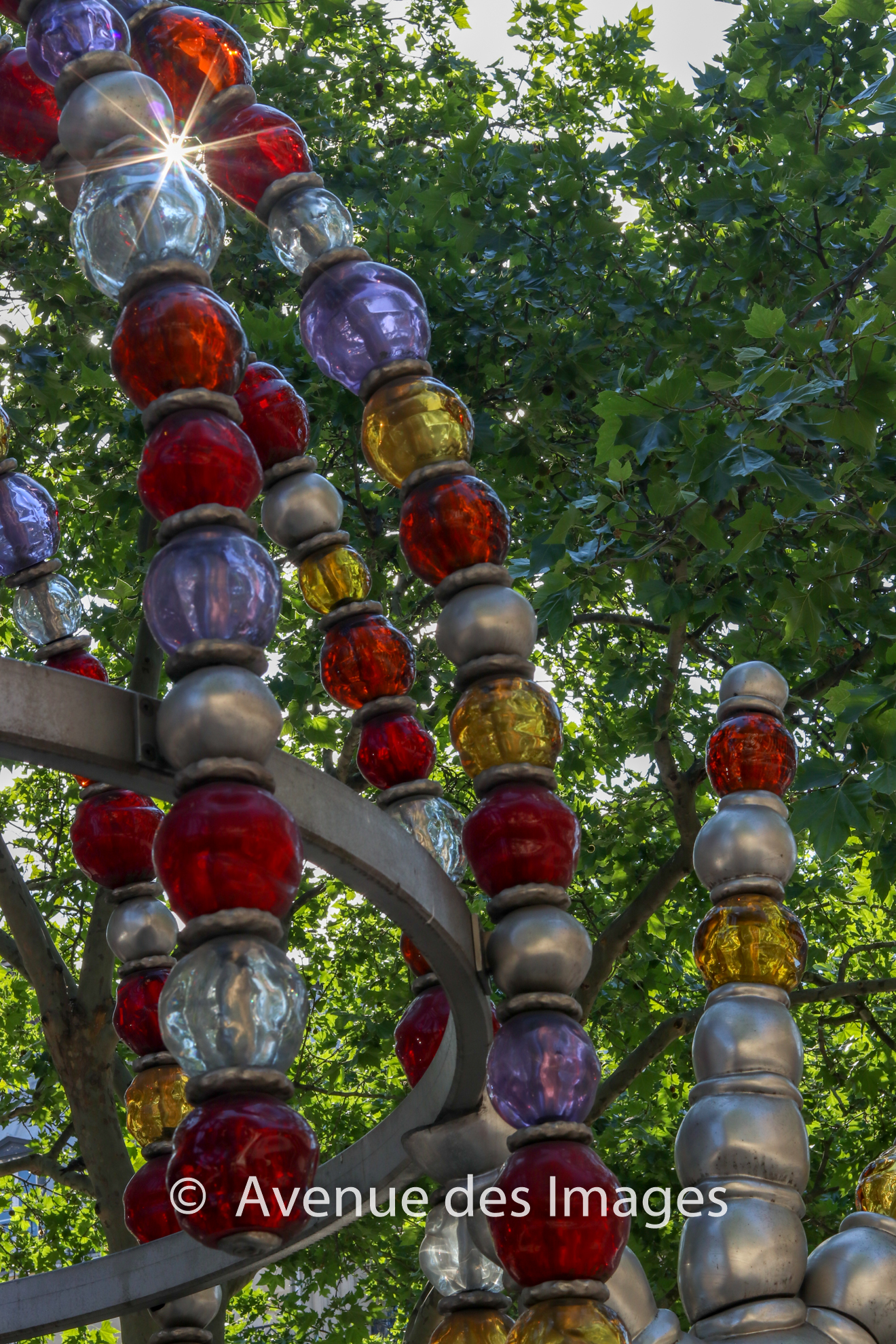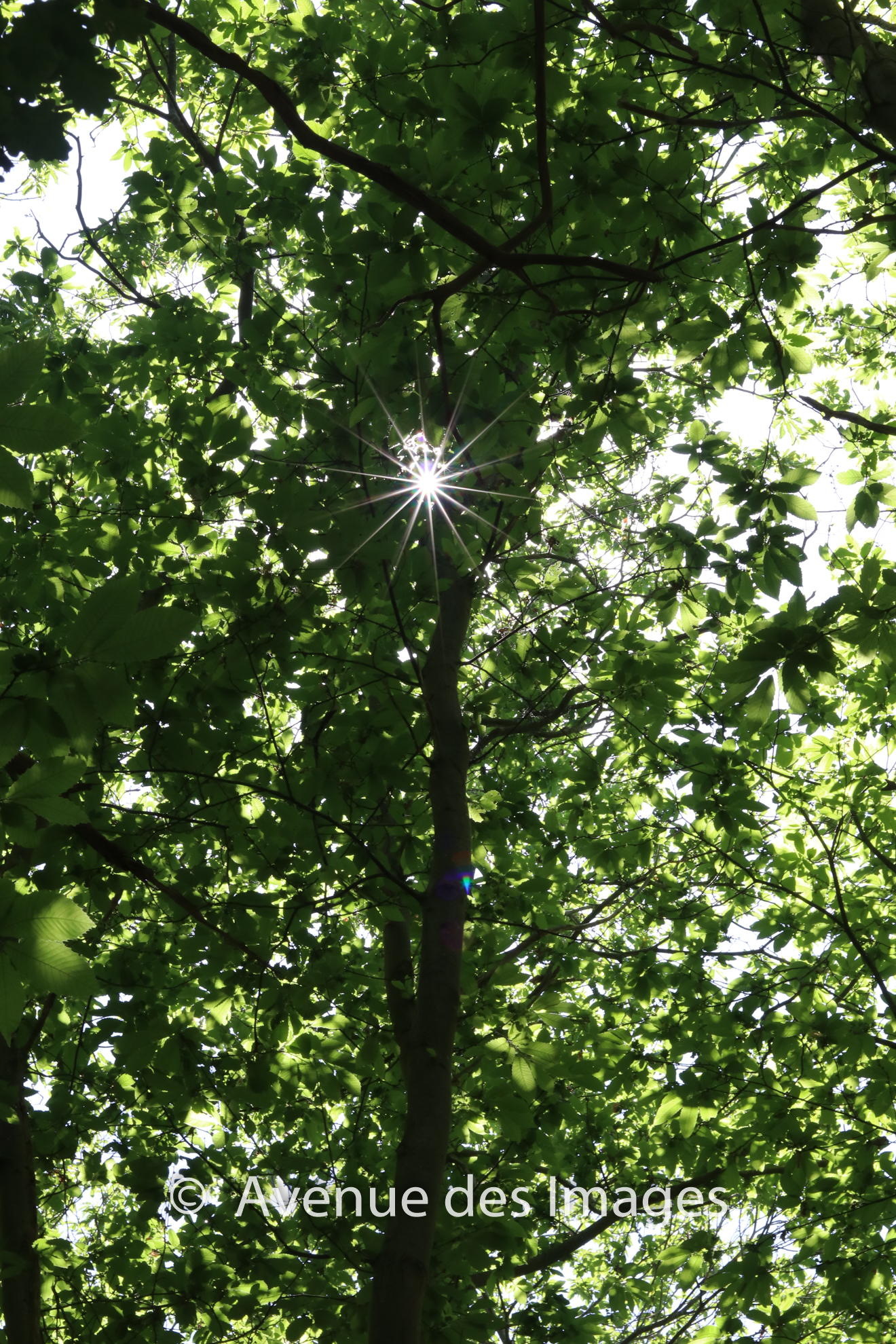I was not very quick getting out of the house today. However a short trip into Paris and I realised I could take some photographs of the most iconic tower at end of the day – the Eiffel Tower in Paris. It was late in the day and I thought as I walked around the site I could capture the tower in different lighting.
In the evening bring a tripod
I had brought my full kit bag with me fortunately. It contains spare cards, batteries, objectives and 2 tripods. A classic tripod that attaches to the outside and a small one with bendy legs inside. It was the latter that proved most useful. The Eiffel tower is well known and very busy. The small tripod allowed me to easily use walls, statues and the ground for my shots. With the advantage of not bothering too many people.
The light
The glorious light of a winter’s day gives way to various stages of light as the sun sets and the light has to pass through more of our planet’s atmosphere. I discuss this further in another blog post. The phases for these photos are:
- Golden hour
- Blue hour
- Twilight
- Night
The route
I started at the Alma-Marceau metro station. This is on the right bank of the River Seine and allows me to approach the tower via the pont de l’Alma. I then crossed the river Seine and walked towards the tower along the Quai Jacques Chirac. Once at the foot of the tower I walked away from the river towards the Champs de Mars. Then across the gardens to walk back to the river and back to the foot of the Eiffel tower. Then back across the river Seine via the Pont d’Iena. Up the pathways via the Trocadero gardens and finally back into the metro system and home. This short walk took me to the end of the day – the Eiffel Tower was definitely the star of the show.
Also along the route
Please follow and like us
Other posts that may interest you
- Explore underground Paris
- Late evening sunlight
- Low light needs a tripod and patience
- Visiting the Arc de Triomphe and the business district La Défense
- The Jardin des Tuileries
Please purchase
These photos, and many others, are available for purchase from the store, or even buy your art directly below.

